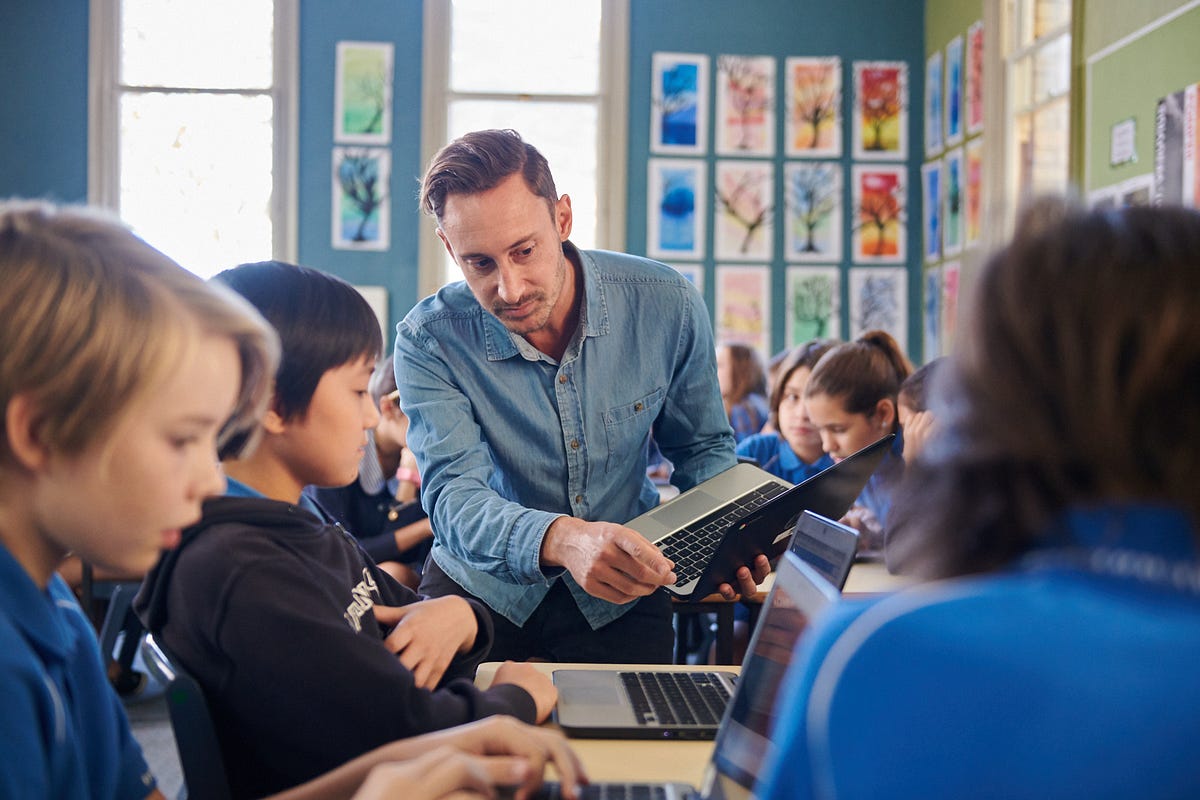In today’s dynamic educational landscape, the role of a teacher extends beyond simply delivering information. It’s about crafting an enriching learning experience that engages and empowers students, fostering a lifelong love for learning. In this blog post, we’ll explore a range of effective strategies to master the art of teaching, helping you create an environment where students are actively engaged and feel empowered in their educational journey.
1. Understanding Student Engagement and Empowerment
Student engagement goes beyond mere participation. It’s the emotional and cognitive investment in the learning process. Empowerment, on the other hand, involves equipping students with the tools and confidence to take charge of their learning. When students are engaged and empowered, they become active participants rather than passive recipients of knowledge.
2. Creating a Positive Learning Environment
A well-designed classroom environment plays a pivotal role in shaping students’ attitudes towards learning. Arrange desks to encourage collaboration and interaction. Establish ground rules that promote respect and inclusivity. A positive atmosphere fosters engagement and encourages students to express their thoughts freely.
3. Incorporating Active Learning Techniques
Active learning methods put students at the center of the learning process. Group discussions encourage peer-to-peer learning, problem-solving activities develop critical thinking skills, and hands-on projects provide tangible experiences that enhance understanding. By actively participating, students retain information better and become more invested in their education.
4. Utilizing Technology for Engagement
Technology can be a powerful tool to capture students’ attention and make learning more interactive. Interactive presentations, online quizzes, and educational apps provide opportunities for immediate feedback and customization of content. Integrating technology seamlessly into lessons keeps students engaged while preparing them for the digital world.
5. Differentiated Instruction and Personalization
Every student learns differently. Differentiated instruction tailors lessons to accommodate diverse learning styles and abilities. By recognizing and accommodating individual strengths and weaknesses, teachers empower students to take ownership of their learning and build their self-confidence.
6. Incorporating Real-World Relevance
Connecting classroom content to real-world applications helps students see the practical value of what they’re learning. When students understand how concepts apply beyond the classroom, they become more engaged, as the learning process becomes meaningful and relatable to their lives and future endeavors.
7. Encouraging Critical Thinking and Autonomy
Critical thinking equips students with essential skills for problem-solving and decision-making. By posing thought-provoking questions, encouraging open-ended discussions, and providing opportunities for independent research, teachers empower students to think critically and become active contributors to their education.
8. Providing Constructive Feedback and Assessment
Feedback is a catalyst for growth. Constructive feedback that highlights strengths and areas for improvement fosters a growth mindset among students. Beyond traditional exams, project-based assessments and self-assessment encourage students to take charge of their learning progress.
9. Building Strong Teacher-Student Relationships
Positive teacher-student relationships form the foundation of an engaging classroom. When students feel valued and respected, they’re more likely to actively participate and seek guidance. By investing time in building connections, teachers create a safe space for learning and growth.
10. Continuous Professional Development for Teachers
The journey of mastering the art of teaching is ongoing. Embrace opportunities for professional development, attend workshops, and stay updated on educational trends. Reflect on your teaching practices and adapt your strategies to ensure you provide the best possible learning experience for your students.
Takeaway
Mastering the art of teaching requires a multifaceted approach that combines pedagogical skills with an understanding of student psychology. By implementing the strategies discussed in this blog post, you can create an environment that engages and empowers students, setting them on a path to academic success and lifelong learning. As you refine your teaching methods, remember that each small step you take has the potential to make a profound impact on your students’ educational journey.

